1. Exercise Naseem-Al-Bahr
Recently, INS Trikand and Dornier Maritime Patrol Aircraft, participated in the Indo-Oman bilateral naval exercise Naseem-Al-Bahr held in Goa.

About Exercise Naseem-Al-Bahr:
- It is a bilateral naval exercise between India and Oman.
- It was initiated in 1993, symbolises the long term strategic relationship between the two countries.
- Oman is the first country in the Gulf Cooperation Council (GCC) which has been in conducting bilateral exercises with India jointly.
- The exercise was conducted in two phases: with the harbour phase followed by the sea phase.
- As part of harbour activities, personnel from both Navies engaged in professional interactions, including Subject Matter Expert Exchanges and planning conferences. In addition, sports fixtures and social engagements were also held.
- During the sea phase of the exercise both ships carried out various evolutions, including gun firings at surface inflatable targets, close-range anti-aircraft firings, manoeuvres, and Replenishment at Sea Approaches (RASAPS).
- The integral helicopter operated from INS Trikand and undertook cross-deck landings and vertical replenishment (VERTREP) with RNOV Al Seeb.
- Additionally, the Indian Navy’s Dornier aircraft provided Over-the-Horizon Targeting (OTHT) data with the participating ships.
- Significance: The exercise helped strengthen interoperability and enhanced understanding of each other’s best practices.
2. International Abhidhamma Divas
Recently, the Prime Minister of India addressed a ceremony in celebration of International Abhidhamma Divas and recognition of Pali as classical language in New Delhi.

About International Abhidhamma Divas:
- Abhidhamma Divas commemorates the day when Lord Buddha descended from the celestial realm, Tāvatiṃsa-devaloka, to Sankassiya (now Sankisa Basantapur) in Uttar Pradesh.
- The Asokan Elephant Pillar, a historical marker at the site, marks this significant event.
- According to Theravāda Buddhist texts, Lord Buddha spent three months teaching the Abhidhamma to the deities in Tāvatiṃsa, including his mother.
- The celebration of Abhidhamma Divas coincides with the end of the first Rainy Retreat (Vassa) and the Pavāraņā festival, a time when monks and nuns conclude their retreat period with a ceremony.
- This year International Abhidhamma Divas was hosted by the Ministry of Culture in collaboration with the International Buddhist Confederation (IBC).
- Teachings of Abhidhamma
- The Abhidhamma adopts a specialized and analytical approach to explore reality.
- It offers a detailed framework for understanding the nature of existence, addressing the processes of birth, death, and mental phenomena in a precise and abstract manner.
- The four ultimate realities in the Abhidhamma are: "citta" (consciousness), "cetasika" (mental factors), "rūpa" (materiality), and "nibbāna" (final liberation).
Source : International Abhidhamma Divas
3. Smart Insulin (NNC2215)
Recently, scientists from Denmark, the UK, and Czechia, and the University of Bristol have developed insulin called NNC2215 that automatically responds to changing blood glucose levels.
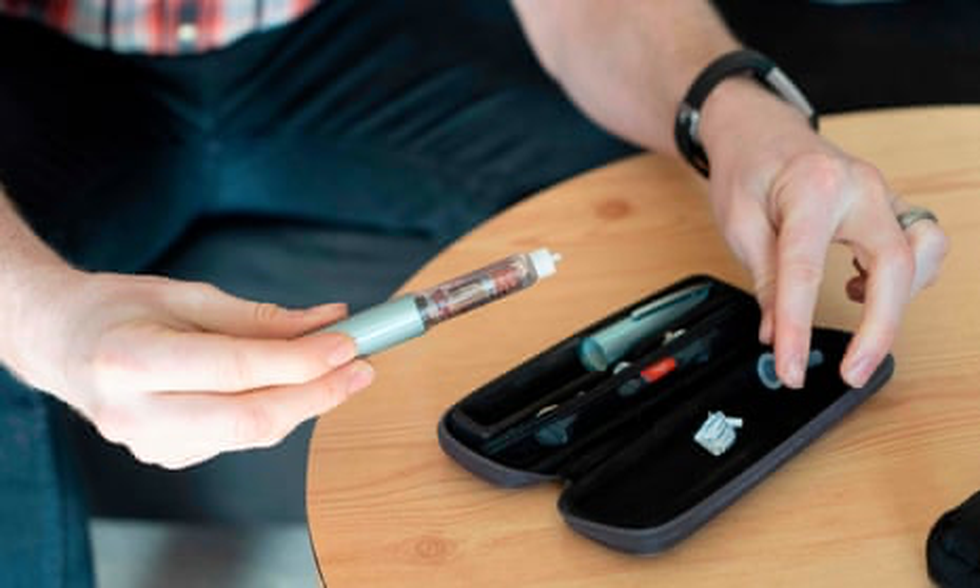
About Smart Insulin (NNC2215):
- The newly developed insulin named NNC2215 comprises two parts: a ring-shaped structure, and a molecule with a similar shape to glucose called a glucoside.
- How does it work?
- When blood sugar levels are low, the glucoside binds to the ring, keeping the insulin in an inactive state to prevent further lowering of blood sugar.
- But, as blood glucose rises, the glucoside is replaced by glucose itself, triggering the insulin to shift its shape and become active, helping bring blood sugar levels down to safer ranges.
- Researchers who developed NNC2215 found it to be as effective as human insulin at lowering blood glucose in rats and pigs.
Diabetes
- Diabetes is a chronic disease that occurs when the pancreas can no longer make insulin, or the body cannot make good use of the insulin it produces.
- Insulin is a hormone that regulates blood glucose.
- Types of Diabetes
- Type 1 diabetes: It often starts in childhood, occurs when the pancreas do not produce insulin (or enough insulin).
- Type 2 diabetes: It results from the body’s ineffective use of insulin that it produces.
- Gestational diabetes (GDM): It is a type of diabetes that consists of high blood glucose during pregnancy and is associated with complications for both mother and child.
4. National Water Awards 2023
The Hon’ble President of India will confer the 5th National Water Awards 2023 on October 22nd 2024 at Vigyan Bhawan, New Delhi.

About National Water Awards:
- The first edition of the National Water Awards was introduced by the Department of Water Resources, River Development and Ganga Rejuvenation in 2018.
- The award focuses on the good work and efforts made by individuals and the organizations across the country in attaining the government’s vision of a ‘Jal Samridh Bharat’.
- The awards are for creating awareness among the people about the importance of water and motivating them to adopt best water usage practices.
- The 5th National Water Awards, 2023,is given for 09 categories viz Best State, Best District, Best Village Panchayat, Best Urban Local Body, Best School or College, Best Industry, Best Water User Association, Best Institution (other than school or college), and Best Civil Society.
- In the category of Best State, the first prize has been conferred upon Odisha, with Uttar Pradesh securing the second position, and Gujarat and Puducherry jointly securing the third position.
- Each award winner will be conferred with a citation and a trophy as well as cash prizes in certain categories.
5. What is the Moonlight Programme?
Recently, the European Space Agency (ESA) at the International Astronautical Congress, launched its Moonlight Lunar Communications and Navigation Services (LCNS) programme.

About Moonlight Programme:
- The programme will have a constellation of about five lunar satellites (one for high data rate communications and four for navigation) that will allow accurate autonomous landings, high-speed communication, and surface mobility.
- It is Europe’s first-ever dedicated satellite constellation for telecommunication and navigation services for the Moon.
- These satellites will reportedly enable data transfer over 2,50,000 miles or 4,00,000 kilometres between the Earth and the Moon.
- The prime focus of the Moonlight programme will be to offer coverage at the Moon’s South Pole.
- The South Pole of the moon is a key area for many missions owing to lighting conditions and the potential presence of water ice within craters that perpetually remain in the shadows.
- As part of the programme, the first step will be the launch of Lunar Pathfinder, a communications relay satellite built by Surrey Satellite Technology LTD, in 2026.
- The initial services of the programme will reportedly begin by the end of 2028, and the system is said to be fully operational by 2030.
- The ESA is working with NASA and the Japanese space Agency JAXA on LunaNet, which is essentially a framework to standardise communication and navigation for the Moon.
6. Zeilad Wildlife Sanctuary
The Rongmei Naga Council Manipur (RNCM), a powerful Naga citizens’ group, has strongly opposed the proposed oil exploration at Zeilad Wildlife Sanctuary in Manipur‘s Tamenglong district.
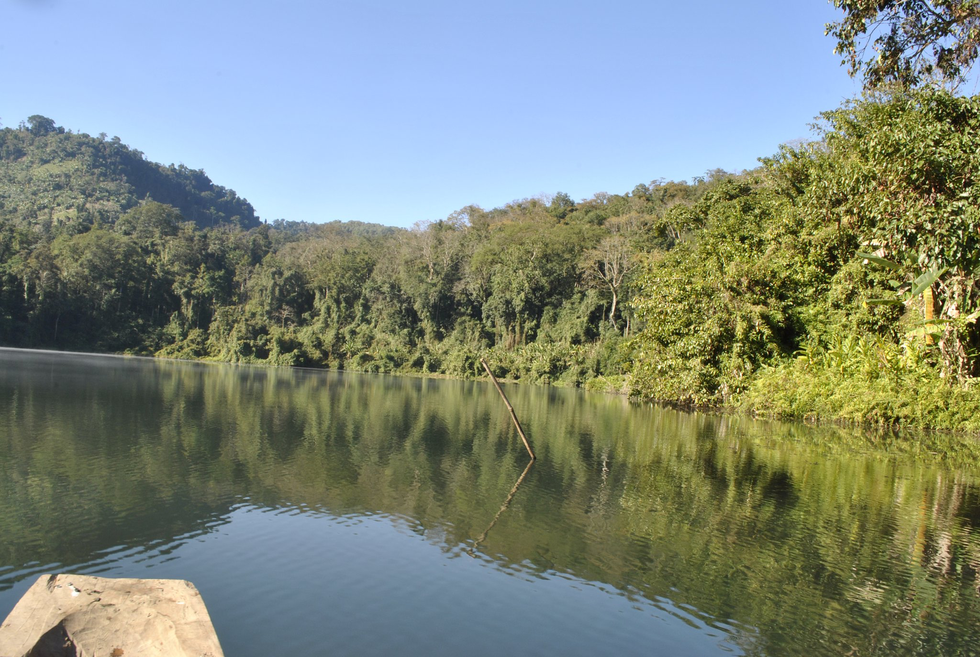
About Zeilad Wildlife Sanctuary:
- It is located in the Tamenglong district of Manipur.
- It was established in 1982 and was located specifically on the Indo-Myanmar border.
- It covers an area of 21 sq.km.
- It is in the basin of the Barak River and has hilly terrain.
- A group of seven lakes, Zeilad, Guiphuapzei, Nrouzei, Tuangpuizei, Goulungzei, and Napsemzei, are part of this sanctuary. Zeilad Lake is the biggest and most famous.
- Forest Type: Semi evergreen and Wet hill Forest.
- It is a haven for various species of flora and fauna, including migratory birds and exotic fish species.
- Flora: Michelia champaca, Toona ciliata, Schima wallichii, Gmelina arborea, Messua ferrea, Artocarpus hirsute, Mangifera indica, Castanopsis hystrix, etc.
- Fauna:
- Its faunal species include Tiger, Leopard, Leopard cat, small Indian civet, Common Langur, Hoolock gibbon, Great Indian Hornbill, barking deer, flying squirrel, etc.
- Marine animals like fish, tortoises, pythons are spotted in the lake waters.
7. Sri Singeeswarar Temple
A set of copper plate inscriptions with two leaves dating back to the 16th Century CE have been recently discovered at the Sri Singeeswarar temple in Tiruvallur district, Tamil Nadu.
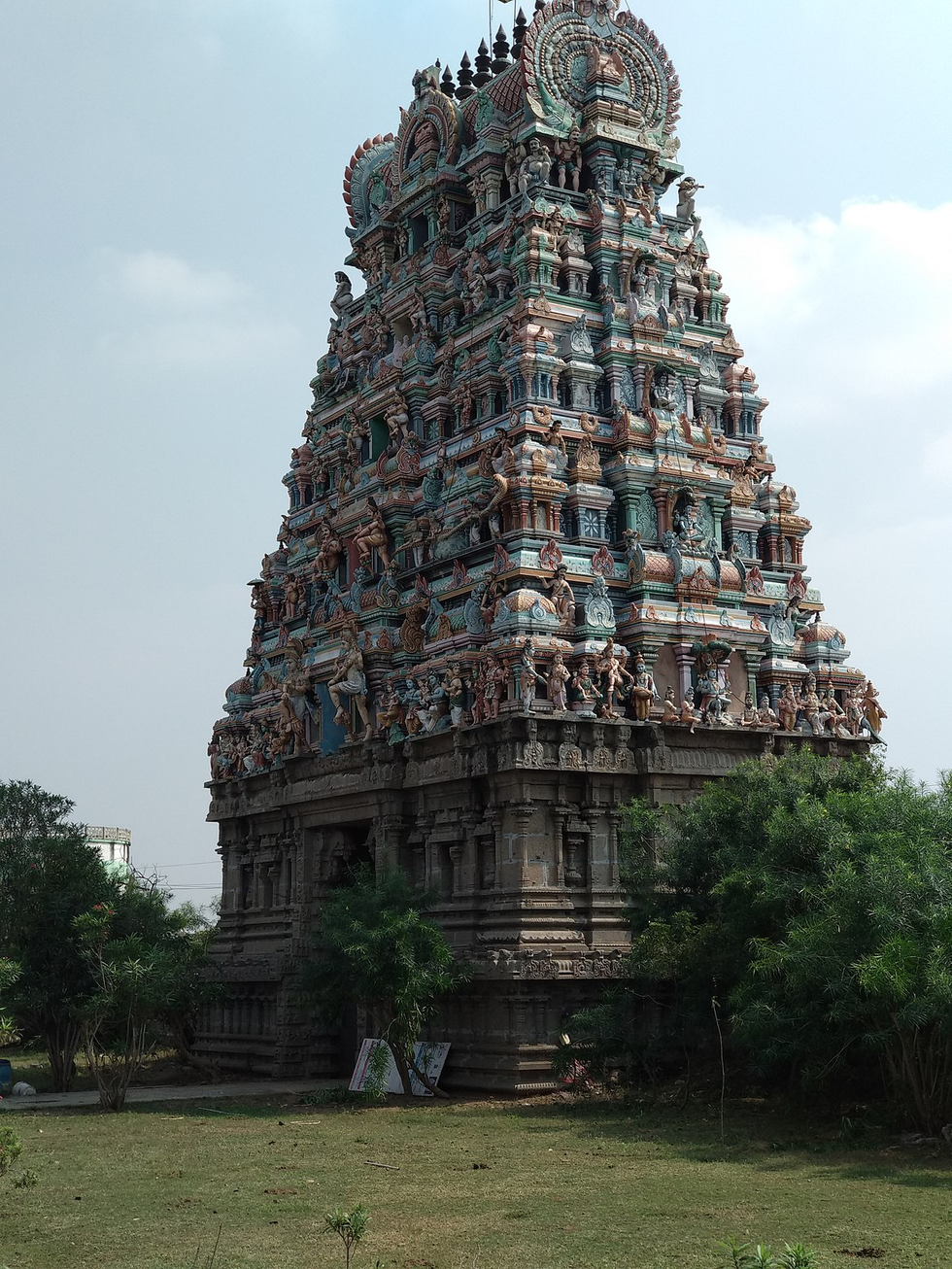
About Sri Singeeswarar Temple:
- It is a Hindu temple dedicated to Lord Shiva.
- It is located at Mappedu Village near Perambakkam in Thiruvallur District of Tamil Nadu.
- The temple was built by Aditya Karikalan II in the year 976 AD.
- He is the father of the great Chola emperor Rajaraja Cholan, who built the Thanjavur Big Temple.
- Later, during the reign of Krishnadevaraya, his viceroy, Dalavai Ariyanadha Mudaliar, used his influence and built the Rajagopuram-Main Tower, compound wall, and 16-pillar Mandap in the year 1501.
- The Temple is built in Dravidian architecture style, and the Rajagopuram consists of 5 tiers.
- The presiding deity is called Singeeswarar. Singeeswarar is found in the form of a slightly big Shiva Lingam in the sanctum.
8. What is Izdeliye 305?
Russian state corporation Rostec has claimed that its Light Multipurpose Guided Rocket, also known as Izdeliye 305 or “Product 305,” has demonstrated remarkable resistance to jamming and interference on the battlefield in Ukraine.
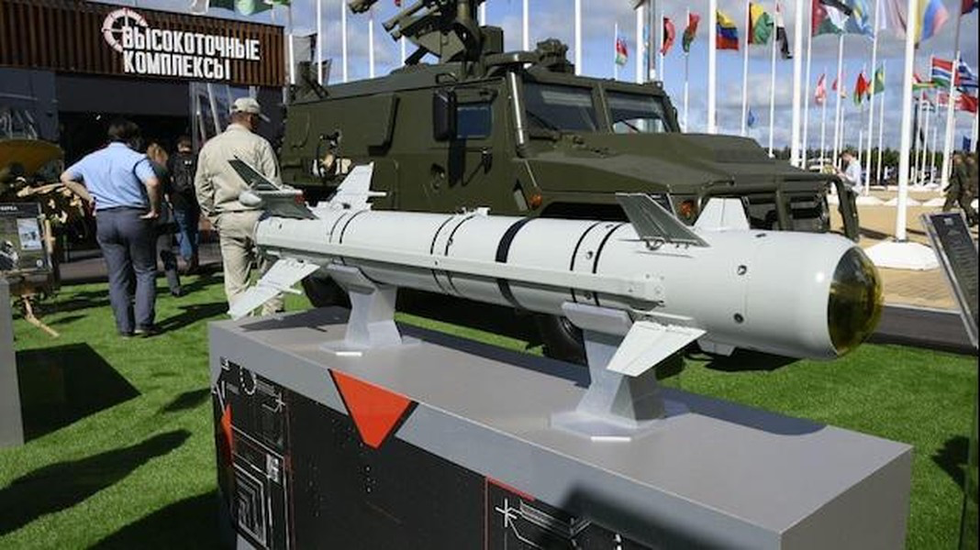
About Izdeliye 305:
- The Izdeliye 305 missile, also known as the LMUR (Light Multipurpose Guided Rocket), is a highly precise Russian helicopter-launched air-to-surface missile.
- It’s capable of targeting a broad range of threats, including armored vehicles, various structures, and vessels.
- Features:
- It measures approximately 1.94 meters in length with a diameter of around 200 millimeters and weighs about 105 kilograms.
- Its aerodynamic design minimizes drag, while its foldable wings and tail stabilizers enhance maneuverability during flight.
- The missile is powered by a solid-fuel rocket engine.
- The missile’s advanced guidance system includes a combination of inertial navigation and an active radar homing system.
- Additionally, it features an infrared sensor, making it effective in different weather conditions and capable of targeting both stationary and moving objects.
- It has the ability to engage targets at distances of up to 14.5 kilometers.
- It is equipped with robust communication systems to mitigate risks from jamming.
- LMUR can carry various warheads, with the most common being a high-explosive warhead designed for destroying armoured vehicles and infrastructure.
9. Prohibition of Child Marriage Act (PCMA), 2006
The Supreme Court has rejected the government's plea to enforce the Prohibition of Child Marriage Act (PCMA) over personal laws, urging Parliament to consider banning child betrothals.

About Prohibition of Child Marriage Act (PCMA):
- PCMA came into force in 2006 to prevent child marriage and ensure the eradication of the practice.
- It replaced the Child Marriage Restraint Act of 1929.
- The primary object of the Act is to prohibit solemnization of child marriage.
- This Act is armed with enabling provisions to prohibit child marriages, provide relief to victims, and enhance punishment for those who abet, promote, or solemnize such marriages.
- As per the act, the age of marriage for boys is 21, and for girls, it is 18, and any marriage of people below this age will be considered a child marriage which is illegal, an offence, and is punishable under the law.
- Any person can report an incidence of child marriage before or after it has been solemnized.
- Nodal Officer:
- The District Collector is the Nodal Officer at the district level for the purpose of implementation of the Act.
- He/she shall periodically review the implementation of the Act within the respective district and take all necessary measures for the proper and effective implementation of the Act.
- Child Marriage Prohibition Officers (CMPO) are to be appointed in every state to prohibit child marriages and ensure the protection of the victims as well as prosecution of the offenders.
- The CMPO has been empowered to provide necessary legal aid to victims of child marriage and to produce children in need of care and protection before the Child Welfare Committee or a First-Class Judicial Magistrate, where there is no Child Welfare Committee.
- Petition:
- The petition to nullify the child marriage can be made in court only by the girl or boy, who are below 18 years of age at the time of marriage.
- However, a guardian along with the CMPO can file the annulment petition on behalf of the child, if they are still minors.
- The District Court can grant nullity of marriage. The District Court includes the Family Court, the Principal Civil Court of Original Jurisdiction, and any other civil court specified by the State Government.
- Punishments:
- Child marriage is an offence punishable with hard imprisonment, or with fine or both.
- The courts can issue injunctions prohibiting solemnization of child marriages.
- The offences under the Act are cognizable and non-bailable.
- Protection:
- The law provides for all support and aid, including medical aid, legal aid, counselling, and rehabilitation support for children once they are rescued.
- It gives legal status to all children born from child marriages and makes provisions for their custody and maintenance.
- It provides for the residence and maintenance of the female contracting party.
10. What is Coelogyne tripurensis?
A new species of orchid named Coelogyne tripurensis was recently discovered in Jampui Hills, in Tripura's North District.
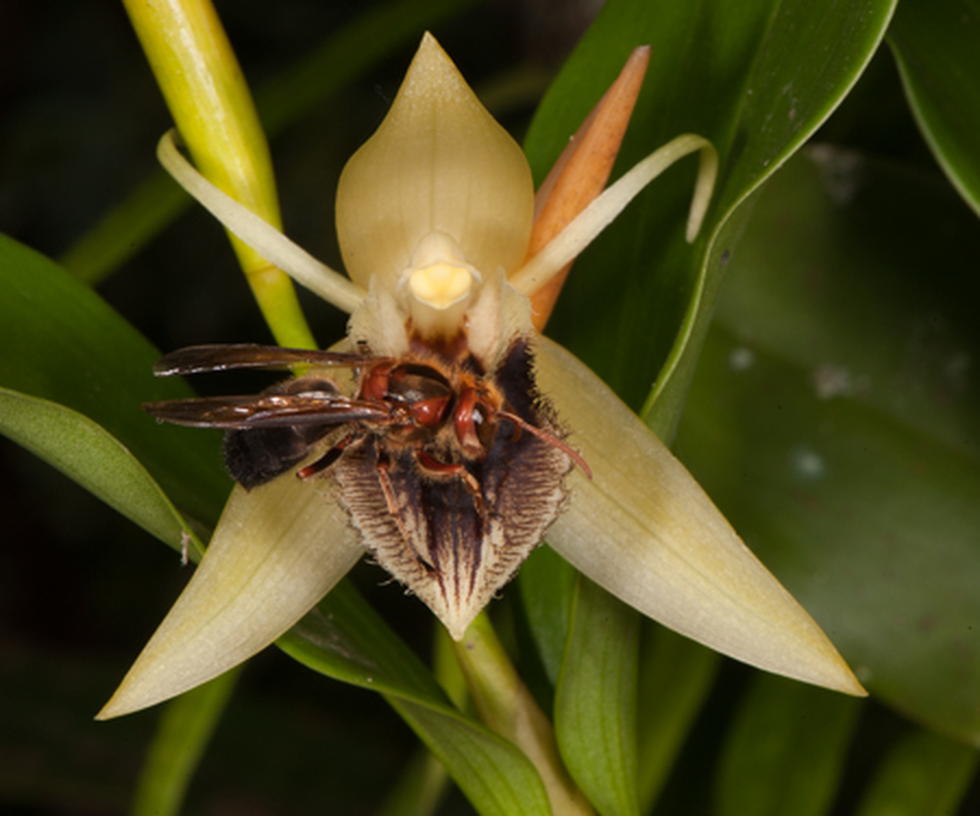
About Coelogyne tripurensis:
- It is a new species of orchid.
- It was discovered from the moist broadleaf forests of Jampui Hills in Tripura, situated at the westernmost fringe of Indo-Myanmar Biodiversity Hotspot.
- This genus, consisting of around 600 species, is native to the Indian subcontinent, Southeast Asia, and the Southwest Pacific Islands.
- The genus consists of mostly epiphytic (rarely lithophytic and terrestrial) taxa and is widely popular among horticulturists for its high ornamental value and easy growth requirements.
- The section of Coelogyne to which the new species belongs, Fuliginosae, is characterised by unique features such as showy flowers, a distinctive labellum, and keels.
- Species belonging to this group show a high degree of phenotypic plasticity, rendering them challenging to delineate.


























































































































































.png)
.png)
.png)
.png)
.png)


.png)
.png)
.png)





.png)
.png)






.png)
.png)
.png)
.png)
.png)
.png)
.png)
.png)
.png)

.png)







.png)
.png)


.png)
.png)
.png)


.png)

.png)
.png)





.jpg)

.png)
.png)


.png)

.png)
.png)
.png)

.jpg)

.jpg)


.png)

.png)
.png)
.png)
.png)
.png)
.png)
.png)
.png)
.png)
.png)




.png)

.png)





.png)
.png)
.png)
.png)
.png)
.png)
.png)
.png)
.png)
.png)
.jpg)
.jpg)

.png)
.png)
.png)
.png)
.png)
.png)
.png)
.png)
.png)
.png)
.png)
.png)
.png)
.png)
.png)
.png)
.png)
.png)
.png)
.png)
.png)
.png)



.png)
.png)

.jpg)
.jpg)


.jpg)
.jpg)
.jpg)
.jpg)
.jpg)

.jpg)








.jpg)
.jpg)
.jpg)
.jpg)
.jpg)

















.jpg)
.jpg)







.jpg)


















.jpg)
.jpg)






























































































.jpg)
.jpg)


























.jpg)

.jpg)










.jpg)








.jpg)




.jpg)










.jpg)


















.jpg)












































.jpg)














.jpg)
.jpg)
.jpg)





.jpg)

.jpg)
.jpg)





































































.jpg)


































.jpg)
.jpg)
















































.jpg)












.jpg)


.jpg)




.jpg)
.jpg)
.jpg)

.jpg)
.jpg)
.jpg)
.jpg)

.jpg)
.jpg)
.jpg)

.jpg)
.jpg)
.jpg)
.jpg)
.jpg)
.jpg)
.jpg)
.jpg)

.jpg)


.jpg)
.jpg)
.jpg)
.jpg)
.jpg)
.jpg)
.jpg)
.jpg)
.jpg)
.jpg)











.jpg)
.jpg)





.jpg)
.jpg)
.jpg)
























.jpg)
























.jpg)









.jpg)
.jpg)







.jpg)
.jpg)









































.jpg)
.jpg)
.jpg)
.jpg)
.jpg)

.jpg)
.jpg)
.jpg)
.jpg)
.jpg)


.jpg)
.jpg)
.jpg)
.jpg)
.jpg)

.jpg)
.jpg)
.jpg)
.jpg)
.jpg)
.jpg)
.jpg)
.jpg)
.jpg)
.jpg)
.png)

.png)
.png)

.png)
.png)
.png)
.png)


.jpg)
.jpg)

.jpg)
.jpg)
.jpg)

.png)
.png)
.png)
.png)
.png)
.png)
.png)

.png)
.png)
.png)
.png)
.png)
.png)
.png)
.png)
.png)
.png)





































































-min.png)



.png)




.png)








































